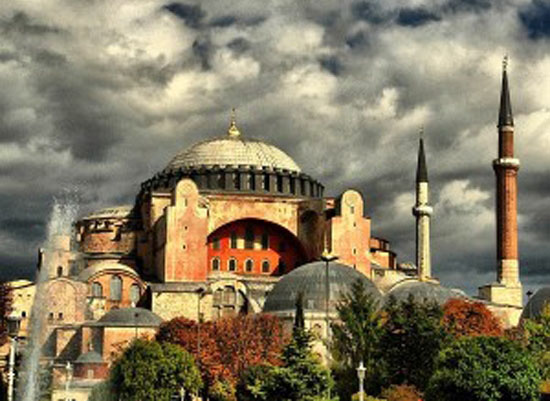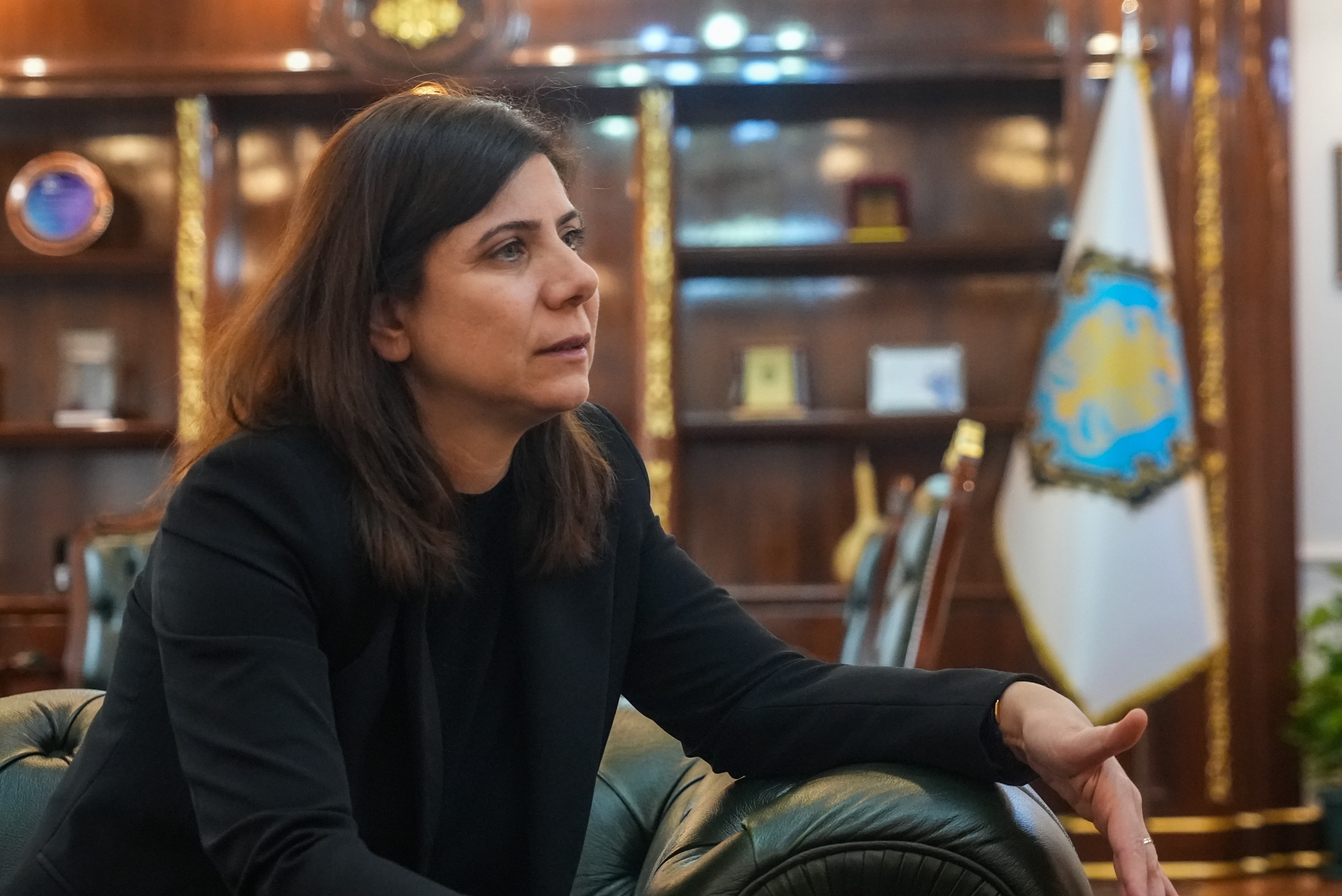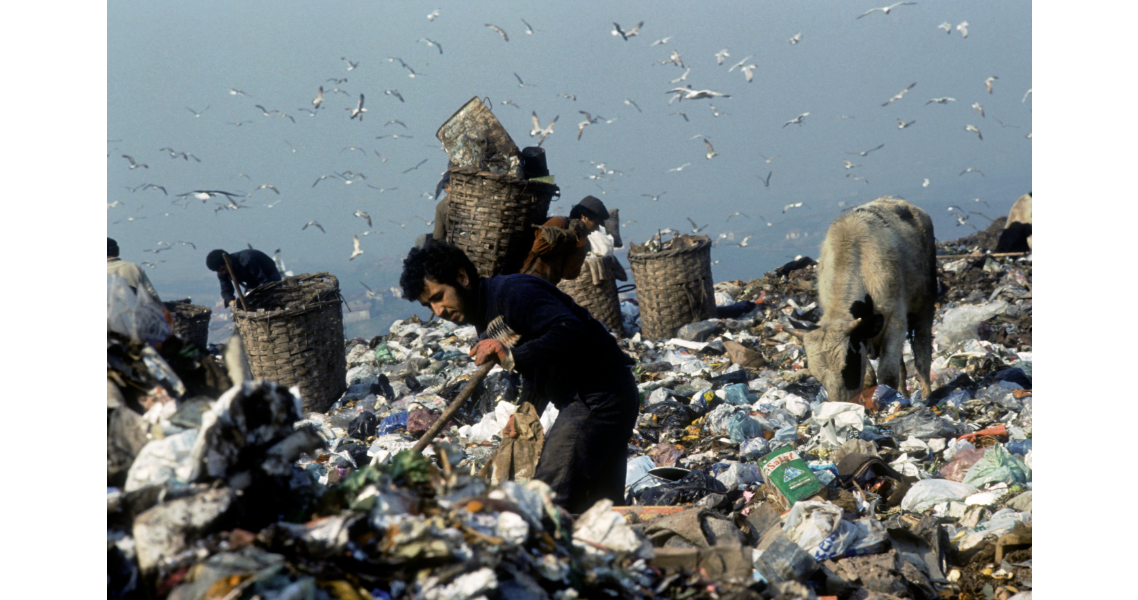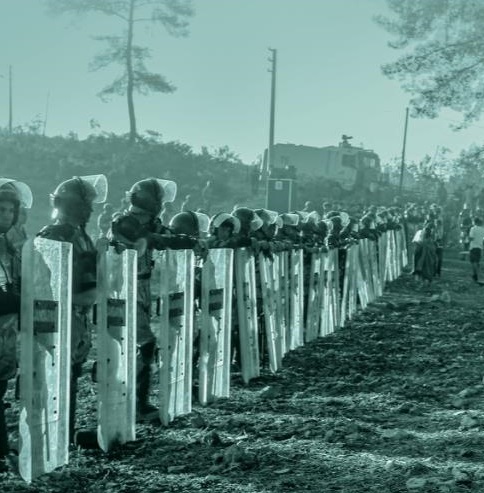Following the Ministry of Culture’s announcement of a tender for the construction of a madrasa in the courtyard of Hagia Sophia, The International Council on Monuments and Sites (ICOMOS) has declared that the Hagia Sophia’s status as “World Heritage Site” will be reassessed if the madrasa is built.
UYGAR GÜLTEKİN
uygargultekin@agos.com.tr
The Hagia Sophia is one of the most significant historical monuments in Turkey, and is included on the “World Cultural Heritage List”. However, arguments over the status of Hagia Sophia, which has been standing for over 1500 years, do not cease. Following the controversy over demands for the monument, that can still be visited as a museum, to be opened to prayer as a mosque, a new debate has emerged with plans to construct a madrasa, a school of Islamic theology and law, in the courtyard of the Hagia Sophia. Following the announcement of a tender for the construction of a madrasa by the Ministry of Culture, initially planned as a “services building”, the International Council on Monuments and Sites (ICOMOS) has declared that the Hagia Sophia’s status as “World Heritage Site” will be reassessed if the madrasa is built. Following this declaration, the Ministry took a step back and asked for an Environmental Impact Assessment Report. The Ministry will take its final decision regarding the construction of the madrasa following the completin of this report. Reactions against the construction of the madrasa are mounting by the day
The Ministry of Culture and Tourism stated that the madrasa had existed in the past, and that they wanted to redevelop this building, and that they planned to use it not for religious education, but as an additional services building. Following the Ministry’s 7 million TL-tender for the madrasa, the International Council on Monuments and Sites issued a stern statement against the project.
‘Serious risk’
The Hagia Sophia was included on the “World Cultural Heritage List” in 1985. The ICOMOS Turkey Committee, in its statement, issued a warning that the removal of this significant historical monument from the World Cultural Heritage List would be considered in the event of the construction of the madrasa. The statement said, “In view of the fact that the Hagia Sophia is among the most important buildings in the history of architecture, the gravity of building a new, inauthentic ‘historical building’ adjacent to it will become clear. We would like to express our opinion that the persistence to implement this reconstruction project, which we believe will negatively affect the ‘Outstanding Universal Value’ of the Hagia Sophia, will create a serious risk for the ‘World Heritage Sites’ of Istanbul”.
The statement also pointed out that ominous developments were taking place in terms of change of function, planning and conservation practices regarding the monument.
‘The real issue is the principle behind this plan’
Boğaziçi University Department of History Faculty Member Dr. Anestis Vasilakeris evaluated the discussions about the Hagia Sophia. Vasilakeris said that such a construction would mean a violation of cultural heritage conservation principles.
Did other buildings exist in the Hagia Sophia courtyard in the past?
Yes, there were a few buildings around the Hagia Sophia, and the Hagia Sophia was an important complex formed of several buildings. However, since archaeological excavations have not provided information regarding these buildings, we have no clear data regarding their locations. There exists, quite probably, the remains of early Byzantine buildings underneath the remains of the Ottoman madrasa. Considerable deficiencies in archaeological research on the site of the Hagia Sophia make the cultural and archaeological understanding of the site difficult in terms of its own organic integrity. It is unacceptable that proper research and work has not been carried out for such an important monument.
What would the affect of the construction of new buildings here be on the Hagia Sophia, would they cause architectural and aesthetic damage?
First of all, any construction work so close to a historical monument is a violation of cultural heritage conservation principles. The real issue here is to build, from scratch, a building that no longer exists… It is truly absurd to erect a building with a simple construction project on the site of a monument like Hagia Sophia, which is among the most significant monuments in world architectural history. This new building will of course, aesthetically and in many other respects, affect the appearance of Hagia Sophia. But I believe the real problem is one of principle. When someone takes a decision regarding a major historical monument, the primary criterion is the conservation of the monument, and to make small, invisible touches that will extend the life of the monument; not to insist on decisions that will change or compromise the monument.
What can be done to protect the Hagia Sophia, if construction work was to begin here?
I do not even want to discuss construction as a legitimate option. Even if no excavation work was to be carried out before the construction… In the event of construction, as in all cases of great danger, I would recommend taking all precautions to physically protect this vulnerable, sensitive and frail building.





